Distributing fixed costs, like the purchase price of equipment, across custom harvest services is crucial for accurately pricing services and ensuring profitability. Here’s how you can approach this:
1. Determine Total Fixed Costs
Calculate the total fixed costs for your equipment. This includes:
- Purchase price of the equipment.
- Depreciation over its useful life.
- Insurance and taxes.
- Storage and maintenance costs.
2. Estimate Useful Life and Annual Depreciation
Estimate the useful life of the equipment in years. For instance, if a baler costs $20,000 and is expected to last 10 years, the annual depreciation is $2,000. This spreads the purchase price over the equipment's useful life.
3. Calculate Annual Fixed Costs
Add up all annual fixed costs, including depreciation. For example, if annual insurance is $500, storage is $300, and maintenance is $1,200, the total annual fixed cost would be:
Using the previous example:
$2,000+$500+$300+$1,200=$4,000
4. Estimate Total Service Hours or Output
Estimate the total number of hours the equipment will be used or the number of bales produced per year. For instance, if the baler will be used for 400 hours annually or produce 10,000 bales per year.
5. Distribute Fixed Costs
Distribute the fixed costs over the estimated total service hours or output. This gives the fixed cost per hour or per bale.
- Per Hour:
Using the example:
- Per Bale:
Using the example:
6. Combine with Variable Costs
Combine the fixed cost per hour or per bale with the variable costs (e.g., fuel, labor, twine) to get the total cost of custom baling services. For instance, if variable costs are $0.60 per bale, the total cost per bale is:
7. Adjust for Profit Margin
Finally, adjust the total cost to include a profit margin. If you aim for a 20% profit margin, you’d increase the total cost by 20%.
Using the example:
Summary
- Calculate total fixed costs including purchase price, depreciation, insurance, and maintenance.
- Estimate the equipment’s useful life and calculate annual depreciation.
- Determine the total annual fixed costs.
- Estimate the total service hours or output (bales) per year.
- Distribute the fixed costs over the estimated service hours or output to get a per-hour or per-bale fixed cost.
- Combine fixed costs with variable costs.
- Adjust for desired profit margin.
This method ensures that all costs are accounted for and helps set a competitive and profitable price for custom baling services.
